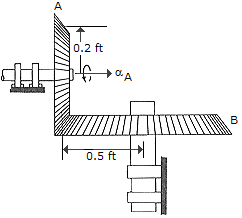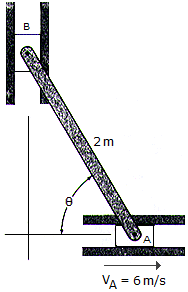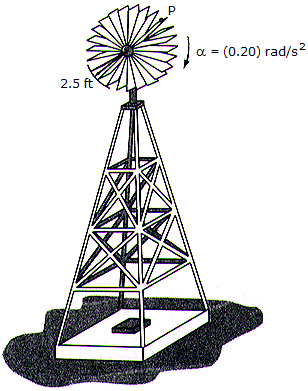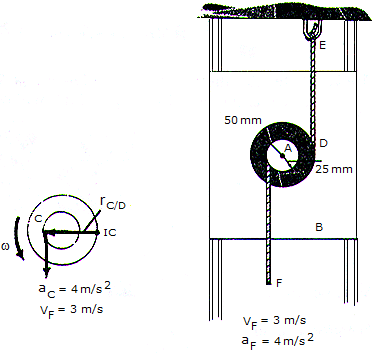Engineering Mechanics - Planar Kinematics of a Rigid Body (PKRB)
Why should I learn to solve Engineering Mechanics questions and answers section on "Planar Kinematics of a Rigid Body (PKRB)"?
Learn and practise solving Engineering Mechanics questions and answers section on "Planar Kinematics of a Rigid Body (PKRB)" to enhance your skills so that you can clear interviews, competitive examinations, and various entrance tests (CAT, GATE, GRE, MAT, bank exams, railway exams, etc.) with full confidence.
Where can I get the Engineering Mechanics questions and answers section on "Planar Kinematics of a Rigid Body (PKRB)"?
IndiaBIX provides you with numerous Engineering Mechanics questions and answers based on "Planar Kinematics of a Rigid Body (PKRB)" along with fully solved examples and detailed explanations that will be easy to understand.
Where can I get the Engineering Mechanics section on "Planar Kinematics of a Rigid Body (PKRB)" MCQ-type interview questions and answers (objective type, multiple choice)?
Here you can find multiple-choice Engineering Mechanics questions and answers based on "Planar Kinematics of a Rigid Body (PKRB)" for your placement interviews and competitive exams. Objective-type and true-or-false-type questions are given too.
How do I download the Engineering Mechanics questions and answers section on "Planar Kinematics of a Rigid Body (PKRB)" in PDF format?
You can download the Engineering Mechanics quiz questions and answers section on "Planar Kinematics of a Rigid Body (PKRB)" as PDF files or eBooks.
How do I solve Engineering Mechanics quiz problems based on "Planar Kinematics of a Rigid Body (PKRB)"?
You can easily solve Engineering Mechanics quiz problems based on "Planar Kinematics of a Rigid Body (PKRB)" by practising the given exercises, including shortcuts and tricks.
- Planar Kinematics of a Rigid Body (PKRB) - General Questions

Gear A is in mesh with gear B as shown. If A starts from rest and has a constant angular acceleration of  A = 2 rad/s2, determine the tome needed for B to attain an angular velocity of
A = 2 rad/s2, determine the tome needed for B to attain an angular velocity of  B = 50 rad/s.
B = 50 rad/s.

The 2-m-long bar is confined to move in the horizontal and vertical slots A and B. If the velocity of the slider block at A is 6 m/s, determine the bar's angular velocity and the velocity of block B at the instant  = 60°.
= 60°.

Determine the angular acceleration of link BC at the instant  = 90° if the collar C has an instantaneous velocity of vc = 4 ft/s and deceleration of ac = 3 ft/s2 as shown.
= 90° if the collar C has an instantaneous velocity of vc = 4 ft/s and deceleration of ac = 3 ft/s2 as shown.

During a gust of wind, the blades of the windmill are given an angular acceleration of  = (0.2
= (0.2  ) rad/s2, where
) rad/s2, where  is measured in radians. If initially the blades have an angular velocity of 5 rad/s, determine the speed of point P located at the tip of one of the blades just after the blade has turned two revolutions.
is measured in radians. If initially the blades have an angular velocity of 5 rad/s, determine the speed of point P located at the tip of one of the blades just after the blade has turned two revolutions.

The pulley os pin-connected to block B at A. As cord CF unwinds from the inner hub with the motion shown, cord DE unwinds from the outer rim. Determine the angular acceleration of the pulley at the instant shown.
 , vB = 3.46 m/s 9
, vB = 3.46 m/s 9